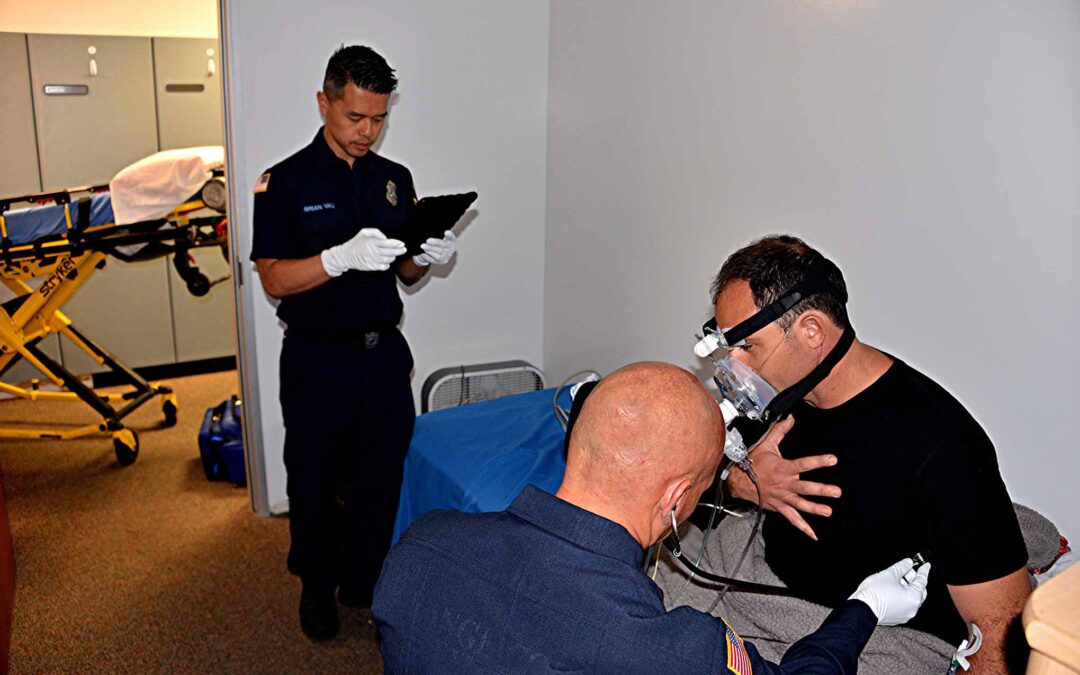
Bubble Trouble in the Back of the Bus: Why Prehospital CPAP Cannot Pop Hypercapnia
An evidence based look at why prehospital CPAP cannot lower PaCO₂ and when bilevel ventilation is the better choice for medics.

An evidence based look at why prehospital CPAP cannot lower PaCO₂ and when bilevel ventilation is the better choice for medics.
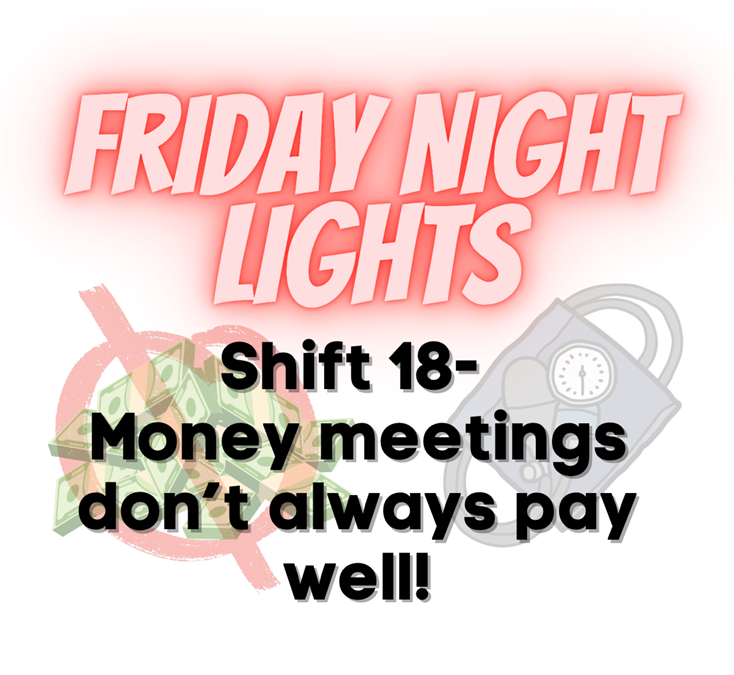
Sudden tongue swelling from ACE inhibitors? Discover EMS strategies for airway emergencies and why epinephrine isn’t the answer.
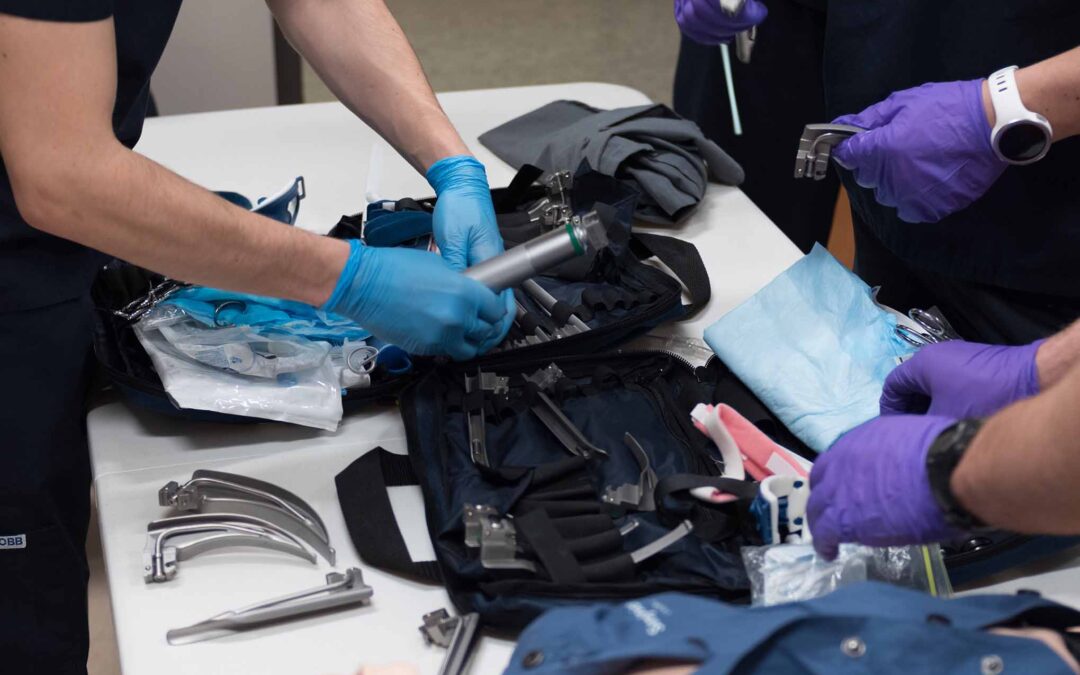
Airway success isn’t about complexity, it’s about appropriateness. Here’s why EMS must rethink intubation culture.

From dispatch to diagnosis, see how EMS providers manage carbon monoxide poisoning and protect patient safety.
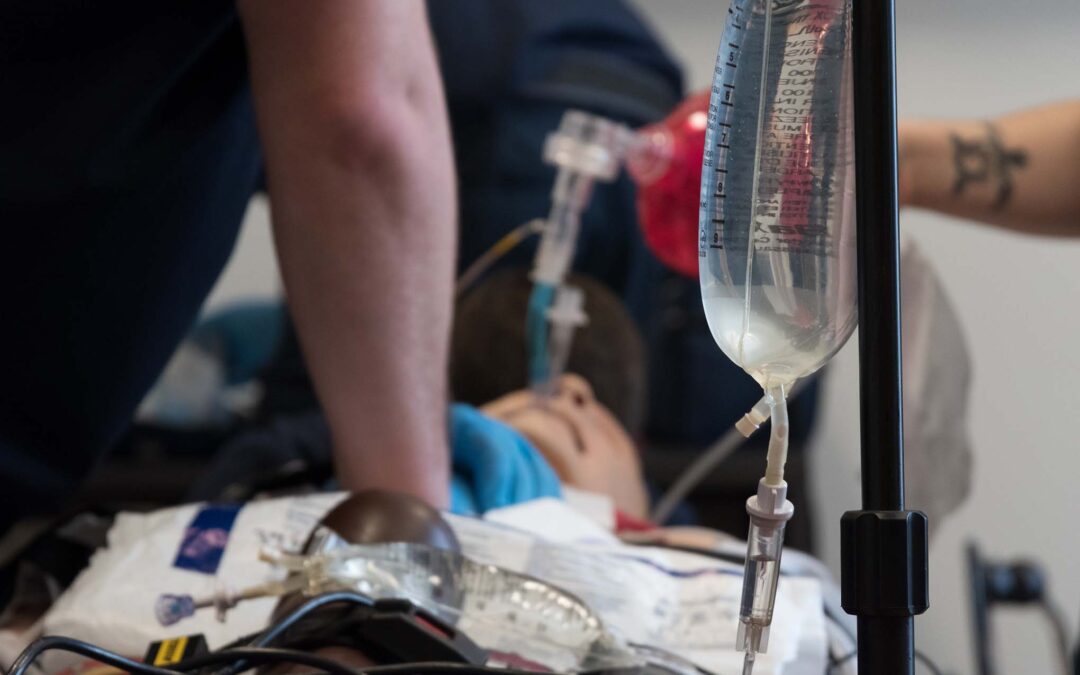
Learn why airway strategies in cardiac arrest are stalled and how evidence supports better outcomes with ETI or SGA.
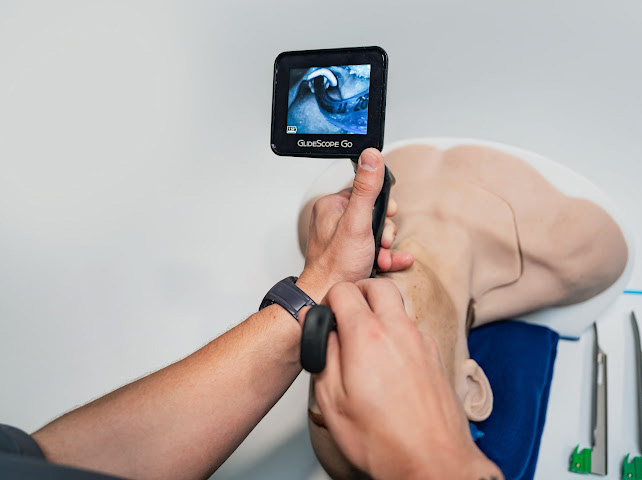
EMS airway success improves with hyperangulated blades for faster intubation and better patient outcomes.
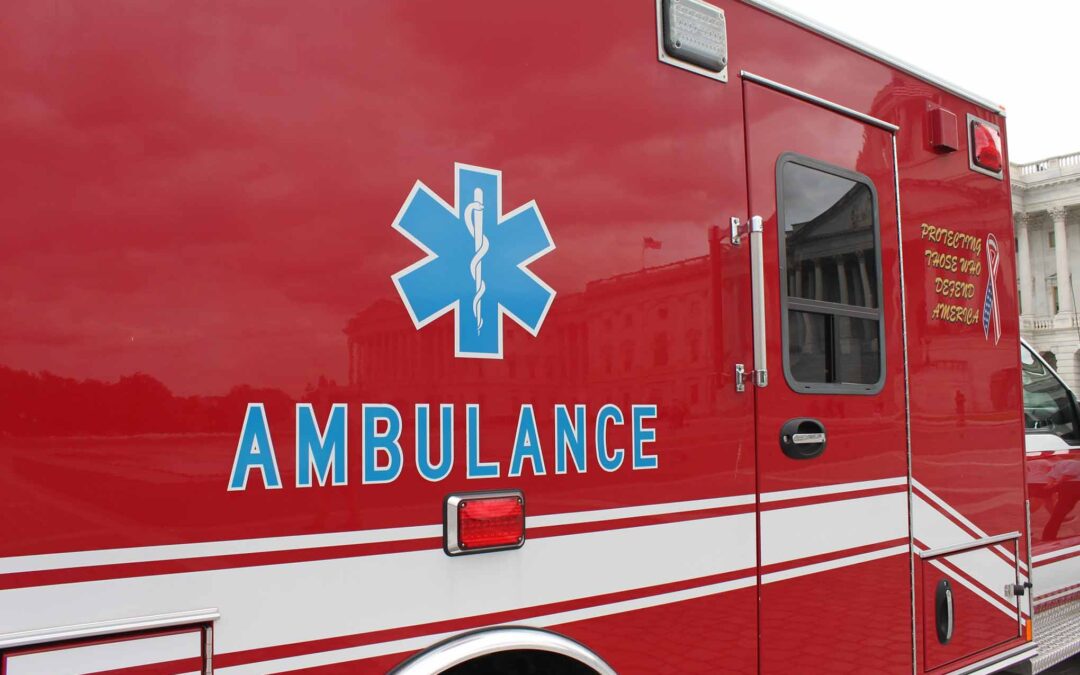
Prehospital airway success requires optimizing ventilation, oxygenation, and perfusion before intubation to prevent hypoxia and cardiac arrest.
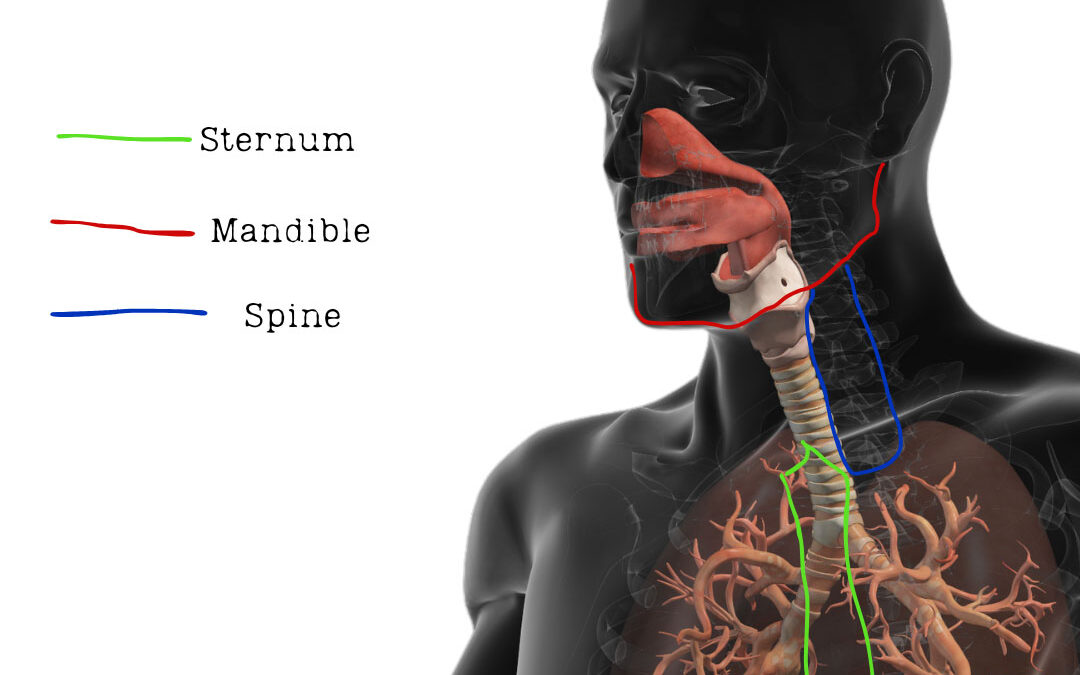
Tracheal injuries are rare but lethal events that require rapid recognition and advanced airway management to prevent fatal outcomes.

A retrospective analysis of 242 advanced airway cases by Parker County Hospital District EMS showed a first-pass success rate of 96.3%.
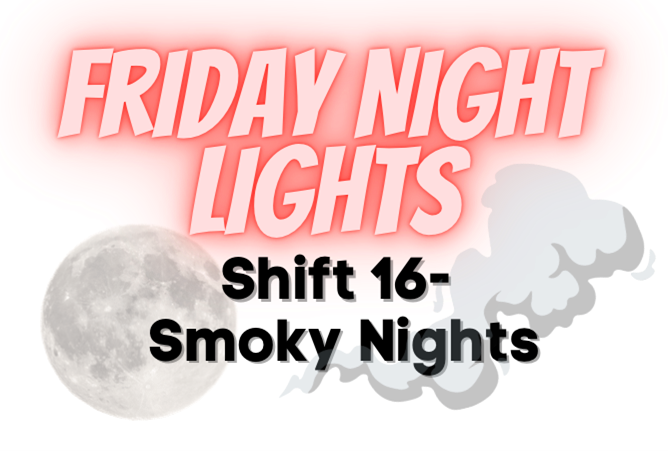
A man heating plastic in a shed developed cyanide poisoning, causing low heart rate, low blood pressure and mental status changes.
Recent Comments